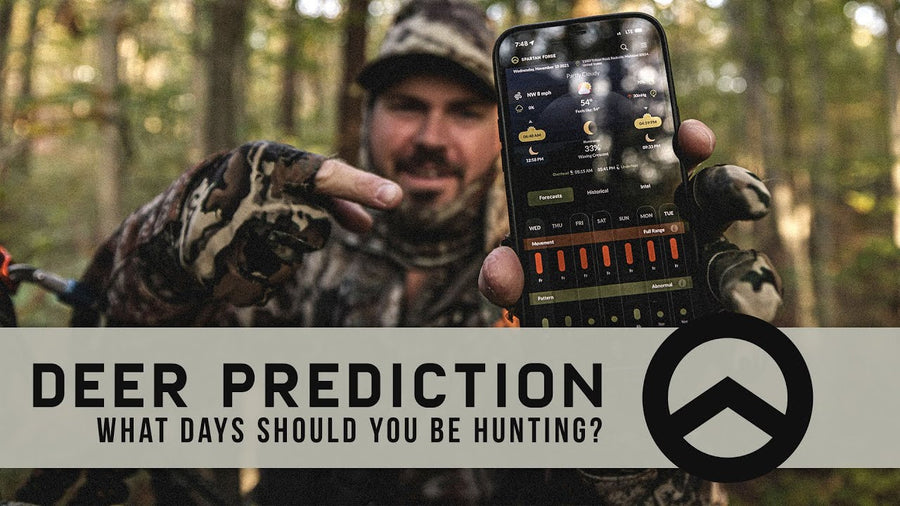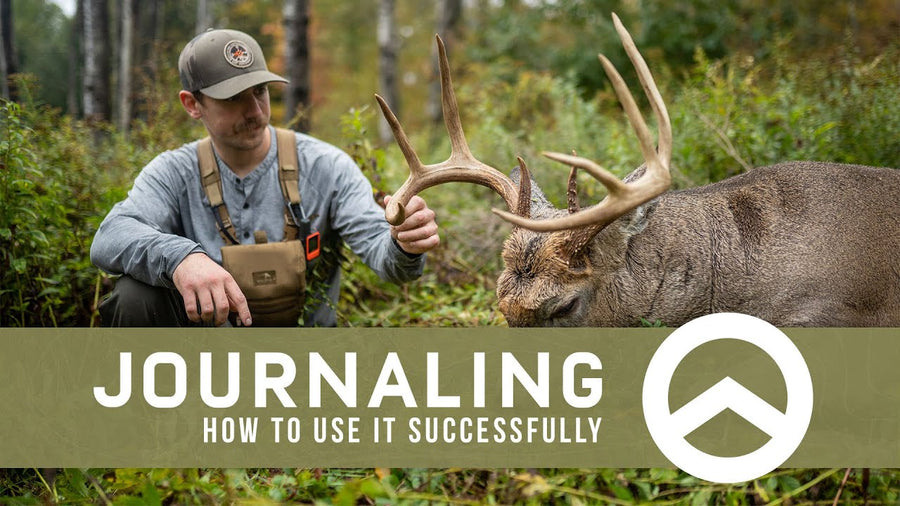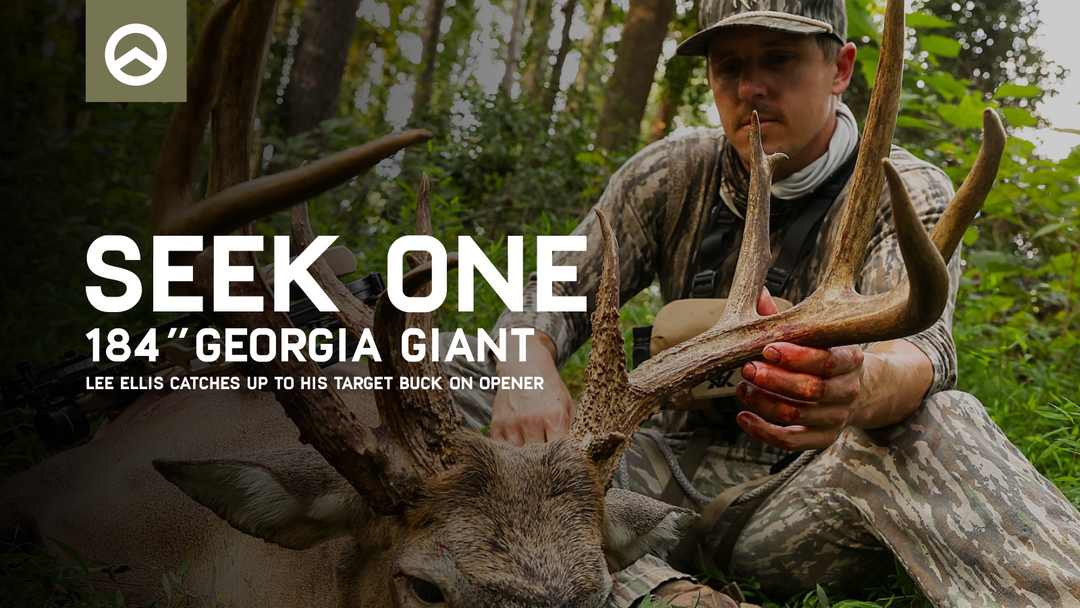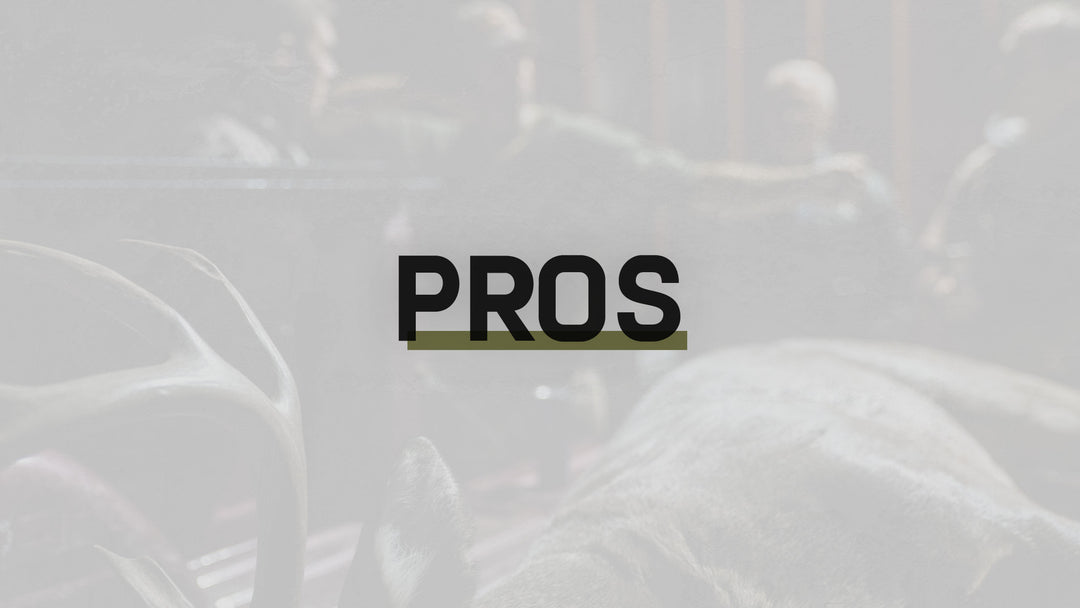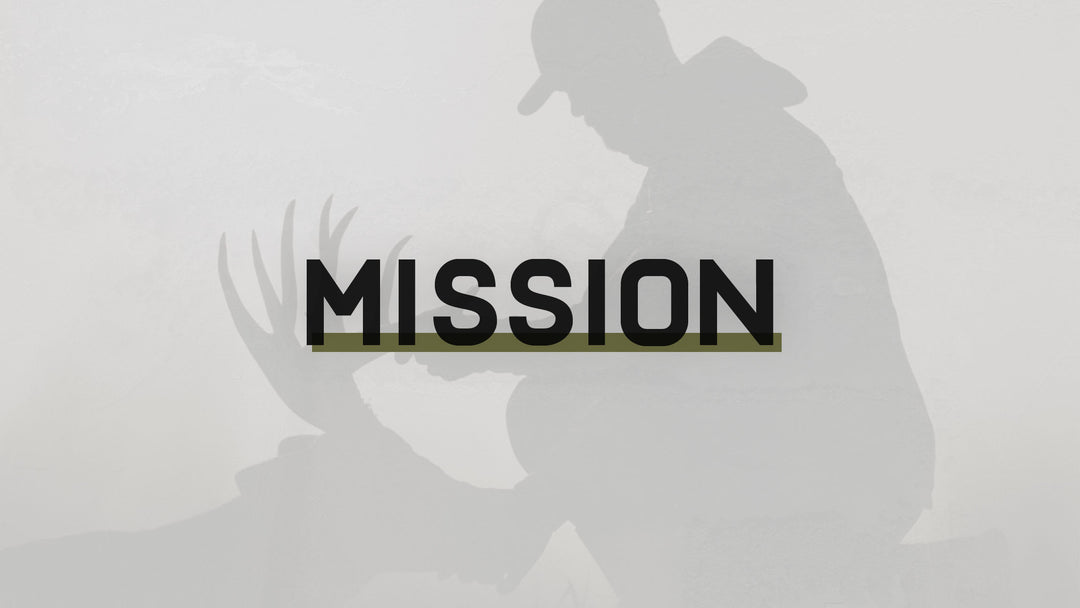5 Trail Cam Locations for Picking up Deer Movement
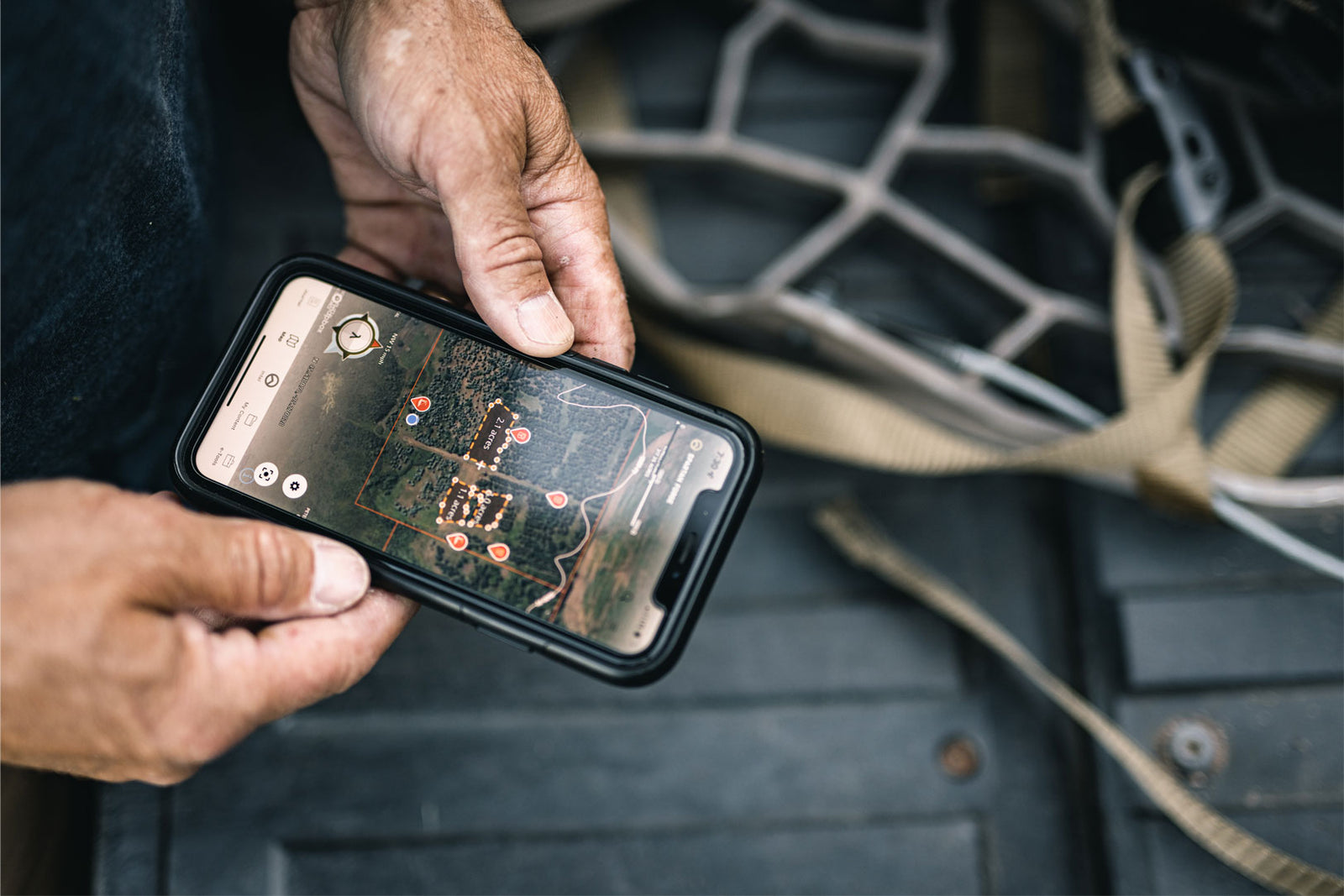
Trail cameras have become so much a part of hunting these days. Forgetting them at the house when going to scout feels almost the same as leaving your phone at home when heading off to work. No matter how late you’re going to be, you turn around to retrieve it anyways. We’ve come to rely on trail cams so much – too much sometimes – but the reasoning is sound. We can’t be in the woods all day every day, but they can. It’s that simple. So, just like many of you, they’re an integral part of my scouting strategy every season, all season long. I put them out in the Summer and move them around from time to time, trying to locate general deer movement, as well as bucks that get my blood pumping. Just like boots-on-the-ground scouting, there has to be some semblance of a strategy when hanging cameras, or birds, squirrels, and the occasional doe will be the only things that fill your SD cards. So, in honor of the season being right around the corner, we’re going to dive into some of the most productive locations for hanging a camera.
Water Kills Deer in The Early-Season
Water is by far my favorite place to locate deer movement for the early season. I live in the Southeast where it’s often 95° in August and September, so water plays a key role in my trail cam strategy. I love scouting water because it can be one of the easiest places to pick up deer movement. In creek/river bottoms and around smaller bodies of water, there’s usually a lot of vegetation suitable for browsing and bedding, as well as a lot of mud where tracks can easily be seen.
A solid creek crossing is what I’m looking for. I’m walking creek/river bottoms looking for parts of the bank that gradually drop down to the water. Visible sand barges filled with tracks are a good sign that you’re in the right place. If there is a lot of security cover around, and you find a lot of tracks and scat, it likely serves as a summertime bedding area where deer have security, food, and yep…water. I usually hang a camera right at the crossing and if I’ve got another camera available, I’ll hang it over a heavy trail nearby.
Oaks - The Obvious Choice for October
I don’t think most of the Spartan Forge crowd buys into the “October Lull” myth, but just in case, allow me to squash that theory with one word – acorns. That’s where the deer are in October. They recede back from the open and disappear like ghosts into the timber. But they haven’t gone nocturnal. In fact, deer move more and more during daylight hours in October as a result of the changes occurring in them due to photoperiod. They’re munching on falling acorns. My first bow buck came one October morning at 8:20AM. I didn’t kill him from a field edge. I killed him from a ladder stand planted in front of some oak trees back in the timber. Not all years will see a good acorn crop and not all trees will have a good crop every year. You have to put in the time to find oaks – preferably white oaks – that are growing a healthy crop. If you find a few oaks back in the timber with nearby deer sign, you’re going to pick up a lot of movement come mid-September/early-October.

Funnels And Saddles for Any Time of Year
Just like me, you’ve probably heard a lot about killer funnels that are perfect for catching buck movement. However, they can sometimes be a challenge to find because they’re not always super obvious and they can look very different from funnel-to-funnel. They can look like a block of timber that’s been hinge-cut to funnel movement past a preset stand location, or they can be as simple as a steep drainage where deer can only cross at the top or bottom. I’m hunting a property in ag country this year that has a fence running alongside one stretch of timber, which sits adjacent to standing corn. There are spots in the fence that are sagging or broken and the tracks leading to those spots show that they’re funneling deer movement from the corn into the timber. Areas like these are great for hanging a camera any time of year to see what’s passing through, but they can be extremely productive when bucks start thinking more about does than food.
Another great location for hanging cameras is on saddles. If you haven’t spent much time looking at topographical maps, you may not know how to locate saddles, but they can provide killer intel about which deer are traveling in the area. On a topo map, the perfect saddle is going to look something like an hourglass. The part you want to focus on is the middle narrower portion. That’s the saddle. In reality, all saddles do not look like this, so it’s important to understand what it is. It’s basically just a dip in the top of a ridge or mountain that creates a much easier path for getting from one side to the other. Side Note: some saddles are too subtle to be seen from a 2D topo map, but the 3D view on the Spartan Forge App allows you to find these hidden gems easily. Deer are lazy and want to exert as little energy as possible. So, instead of climbing high over the peak of a ridge, they’ll climb the saddle, which isn’t nearly as steep. Saddles between bedding and food are great year-round, while saddles between doe bedding can be killer during the Rut. You can’t just hang a camera in the middle of a saddle and expect great results, though. You need the sign to tell you where to hang it. If there isn’t much sign around or passing through that saddle, move on to another. If you find old rubs running through one with fresh scat or tracks, that calls for a camera.
Scrapes For the Rut
I don’t have to tell you how productive scrapes can be for your season. But not all scrapes are created equal. Perimeter scrapes, such as those around a field edge aren’t usually being worked during daylight hours. Hanging cameras over them can give you a really good idea of the bucks in the area, but locating primary scrapes or hub scrapes back in the timber where trails converge can be a goldmine that makes your season. Hanging cameras over primary scrapes back in the cover can set you up for a successful pre-Rut and Rut.
Food Is King in The Late-Season
Bucks lose so much weight during the Rut chasing does. They typically don’t move nearly as much during daylight hours as they did the preceding couple of months. And when they do, it’s usually triggered by hunger and thirst. Keying in on late-season food sources is going to be your best shot at picking up deer movement. If you have food plots or ag fields available, hanging cameras over well-worn trails in and out of these areas can be very productive. In ridge country with no planted food to eat, it can be much harder to figure out where to hang a camera. Deer are typically eating woody browse, nipping off twigs and buds as they travel and feed during the winter months, so locating heavy trails with fresh scat and nipped-off branches usually provides a productive location to hang a camera. Just know that you may not have lots of deer passing through. But locating a doe group to target the last few weeks of the season can be a lot of fun after a long, hard fall chasing bucks.
Listen To the Sign
It can be so easy to find a funnel, pinch point, or heavy trail and just throw up a camera expecting to see a giant 8 walk by the next day. But finding a spot that looks great to us doesn’t mean it looks great to bucks or does. There’s a bigger story to read around each and every one of the features I talked about above. If the entire story isn’t saying there’s deer consistently moving through, it’s not worth wasting the data plan of a cell cam. The overall picture of the deer sign in the area has to be what dictates whether or not you hang a camera.
Written by Alex Killman at Southeastern Bowhunting
